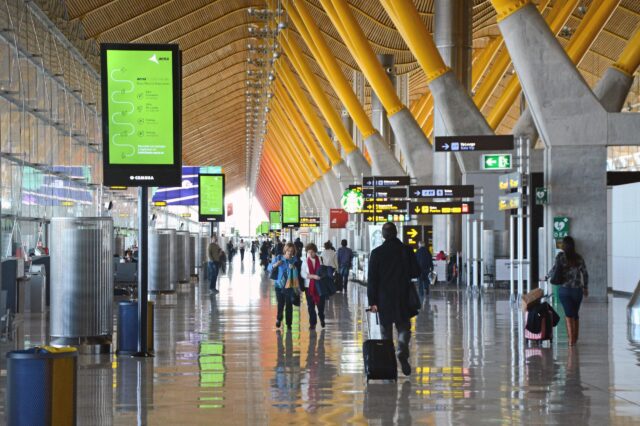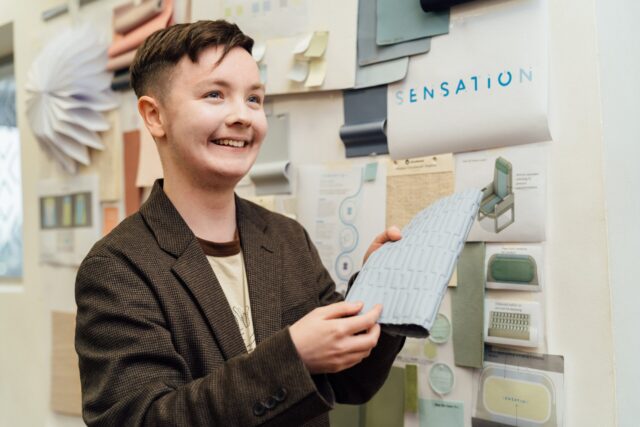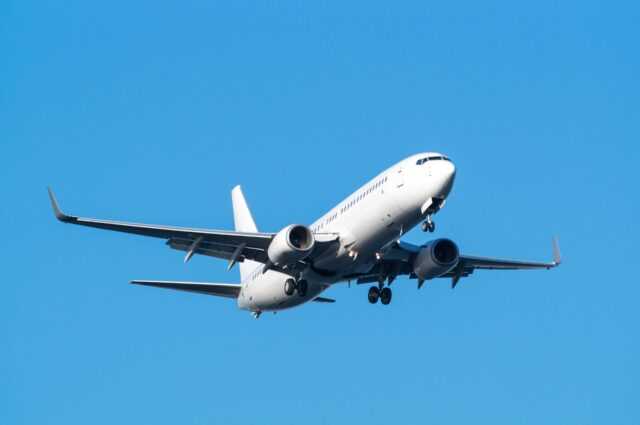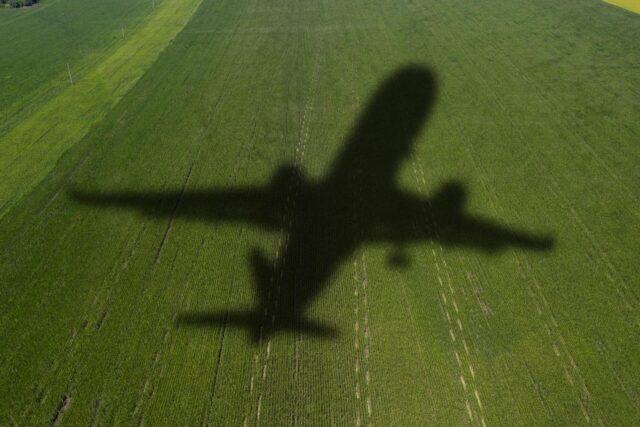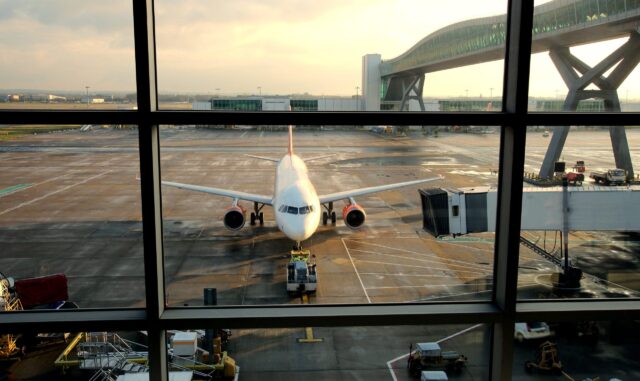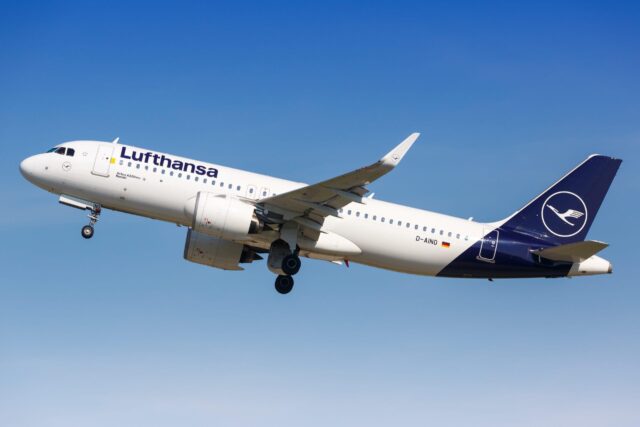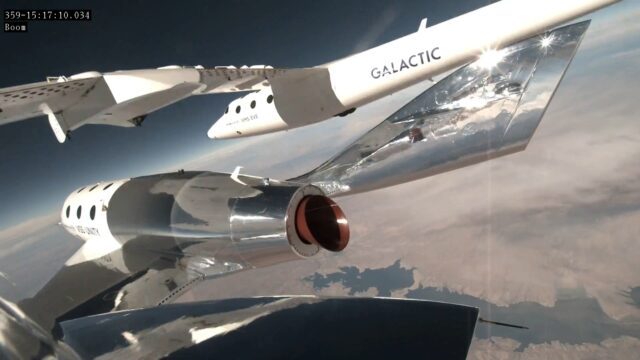EcoPulse flies to Toulouse for the Airbus Summit
March 27, 2025

Airbus flew the EcoPulse hybrid-electric demonstrator to the company’s sustainability summit at Toulouse. The aircraft made its way from Tarbes to Toulouse on 18 March, “just in time for the AirbusSummit on March 24-25!”, Airbus said.
EcoPulse made its first flight on 29 November 2023, and the project ended in December 2024, after 50 test flights, totalling 100 flying hours – including 16 hours in electrical mode. Primarily intended to investigate and demonstrate the benefits of ‘distributed propulsion’, the aircraft was developed in partnership with Daher and Safran. Airbus contributed battery technology and aerodynamic modelling to the project.

The aircraft was designed to leverage the benefits of distributed propulsion to improve aircraft performance, with six wing-mounted e-propellers, each driven by a 50-kW Safran ENGINeUSTM electric engine powered by an 800 VDC high-energy-density battery or a 100-kW auxiliary power unit.
But the biggest contribution of the EcoPulse demonstrator, may have nothing to do with the six distinctive e-propellers ranged along the wing leading edge, and may not point to a future in which the primary powerplant is electric. The EcoPulse project gave significant insight into the use of lithium-ion batteries onboard an aircraft with a high-voltage network. Airbus is also exploring the potential of solid-state batteries, which could provide an optimal balance of energy and power output for the next generation of aircraft. These batteries could be used to power the aircraft while taxiing on the ground, as well as being used for onboard functions like the air conditioning system or lighting during flight.
Using this kind of hybrid-electric propulsion, could supplement the use of conventional jet fuel or SAF with electricity from batteries or fuel cells. This could give the potential to reduce an aircraft’s carbon emissions by up to 5%. Much like hybrid automobiles, electric hybridisation can reduce fuel consumption by using otherwise wasted energy to power non-propulsive functions.




